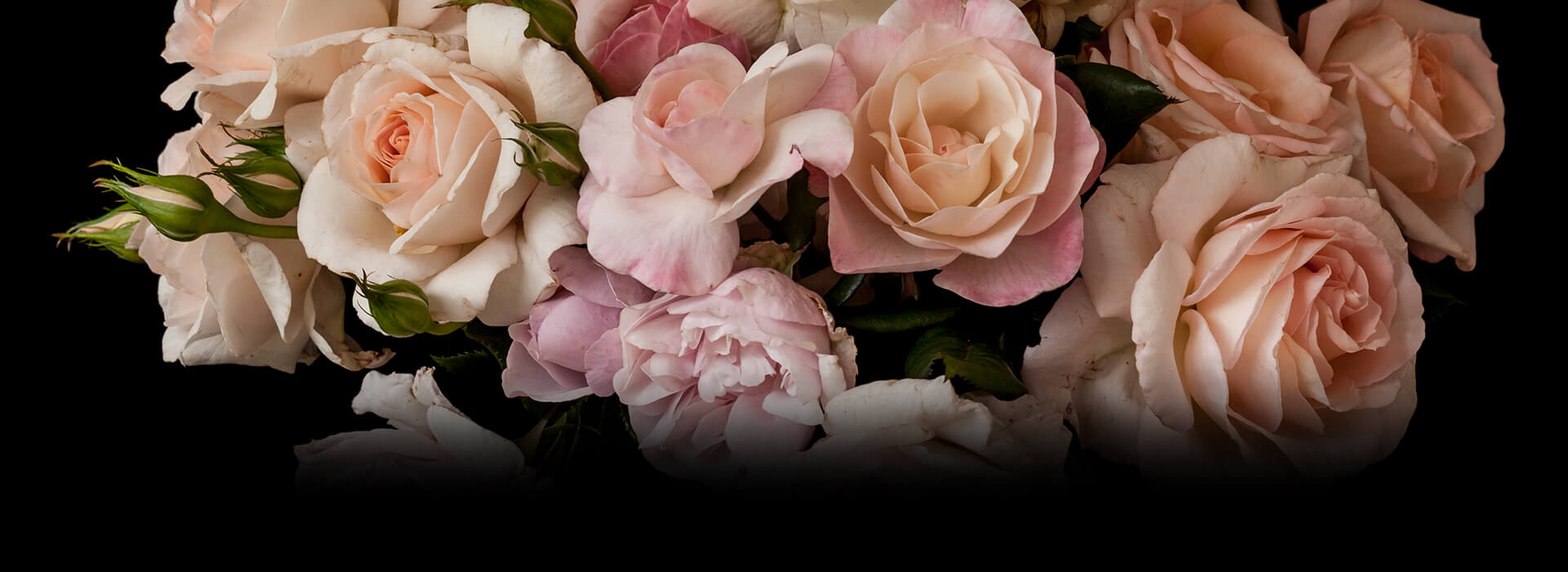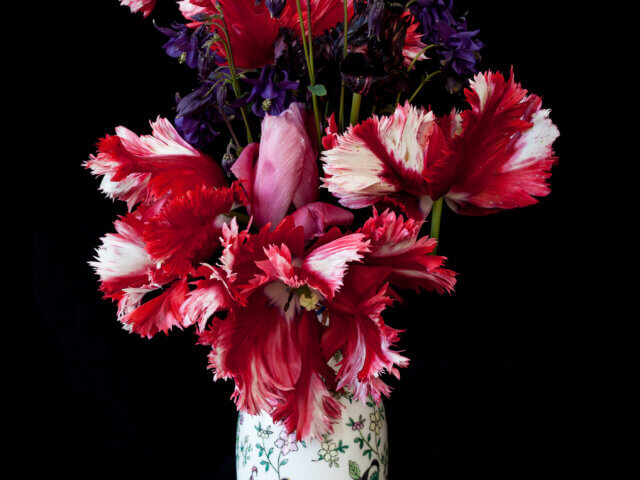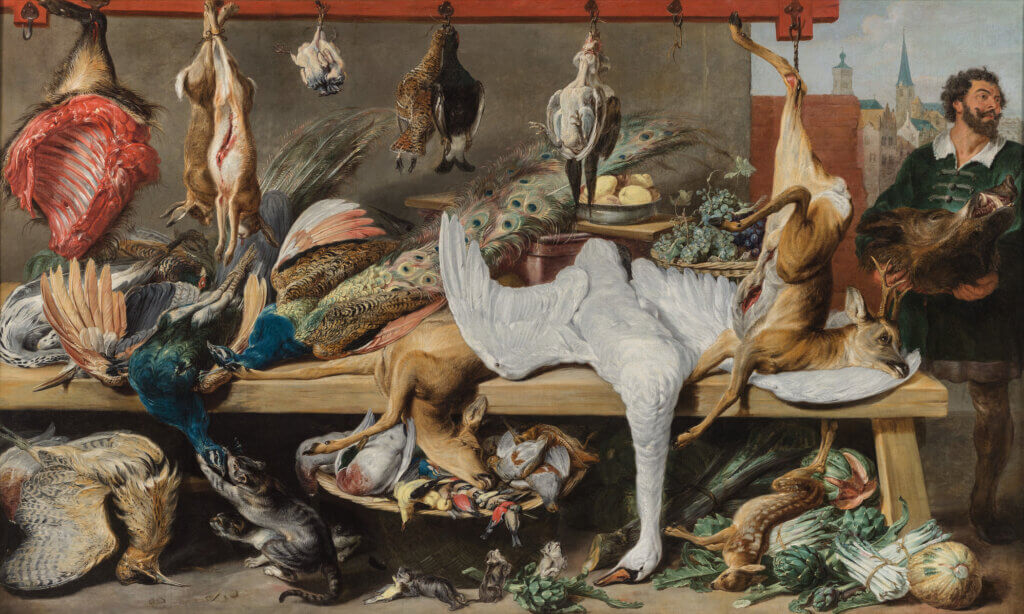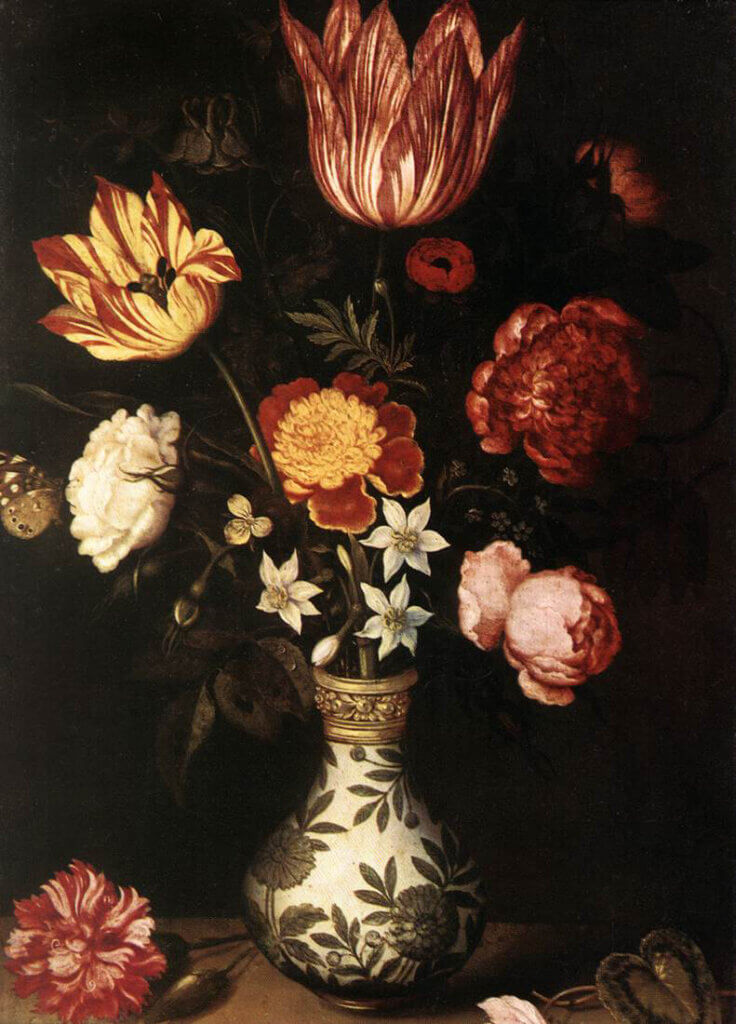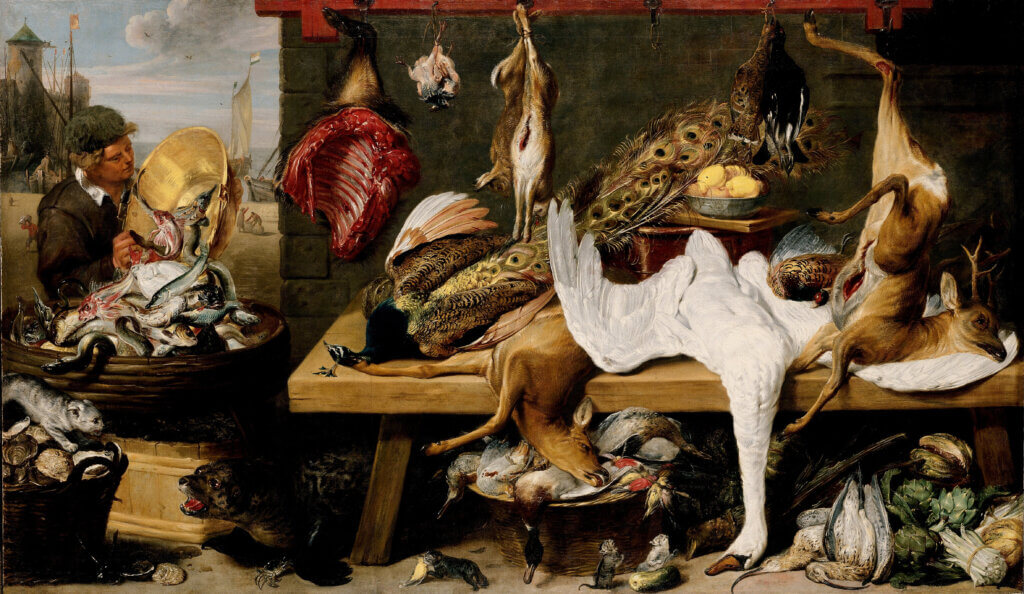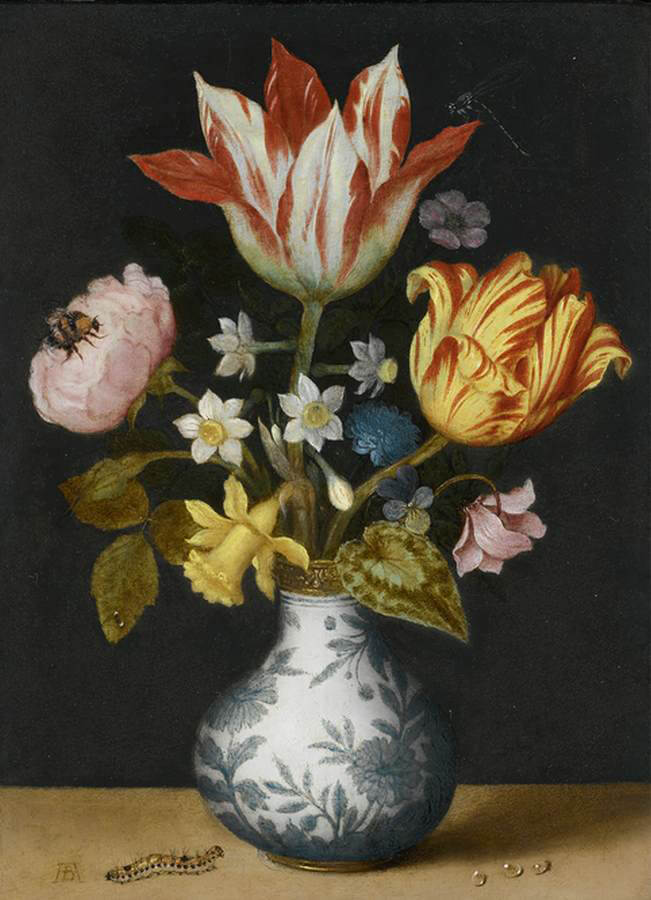Those of you who share my love of the old Dutch and Flemish Masters’ work will inevitably have recognised that they often used the same prop any number of times in their work. Be it a roemer glass, a particular plate or bowl, a certain vase or even a whole stag or swan.
One example is the Flemish artist, Frans Snyders (1579-1657) who produced a series of paintings in the 1630s depicting market stalls selling game. While the human participants may vary, some of the animals are definitely duplicated. Many of his works were completed by his studio, so I assume they had the equivalent of “stock images” to work with. Particular examples include Game Market and Market Scene on a Quay where there are a number of animals that look incredibly similar. They are shown at the bottom of this blog, but be warned – these works of art are not for the faint hearted!
Another artist who re-used his props was my personal hero Ambrosius Bosschaert (1573-1621) who painted a number of variations of Still Life with Flowers in a Wan-Li Vase (1619) where the same or very similar vase is re-used with slight variations of the decoration on the vessel itself.
There are many examples but these two are such different styles of painting that I find it interesting they both have no problem in duplicating elements in their art.
Like these artists I often use my props a number of times. It’s not laziness or lack of imagination, it is based in the tradition of Still Life. In this short video you’ll see a number of photographs using the same Chinese style vase, a nod to the Wan-Li vase in Bosschaert’s paintings.
Everything I use in my photographs is there for a reason, just as would have been the case when the Dutch and Flemish Masters were painting in the 17th and 18th century. I follow their example and try to tell a story even in what seems to be a very simple set-up. Like them, I use only window light to bring out the detail in my subjects, with the use of reflective cards if necessary. I photograph natural things and use Mother Nature’s lighting to show them at their best.
Mine is a digital practice, but it is based on those principles that took hold more than 300 years ago via the use of large format film photography. The genre of still life has gone through peaks and troughs in art history, it is currently on the ascendence again which is pleasing. I find a calm, measured work of art invites a long, careful study by the viewer. My work can be taken at face value, or more can be got from many of my photographs just by looking, thinking and enquiring.
How curious are you?

